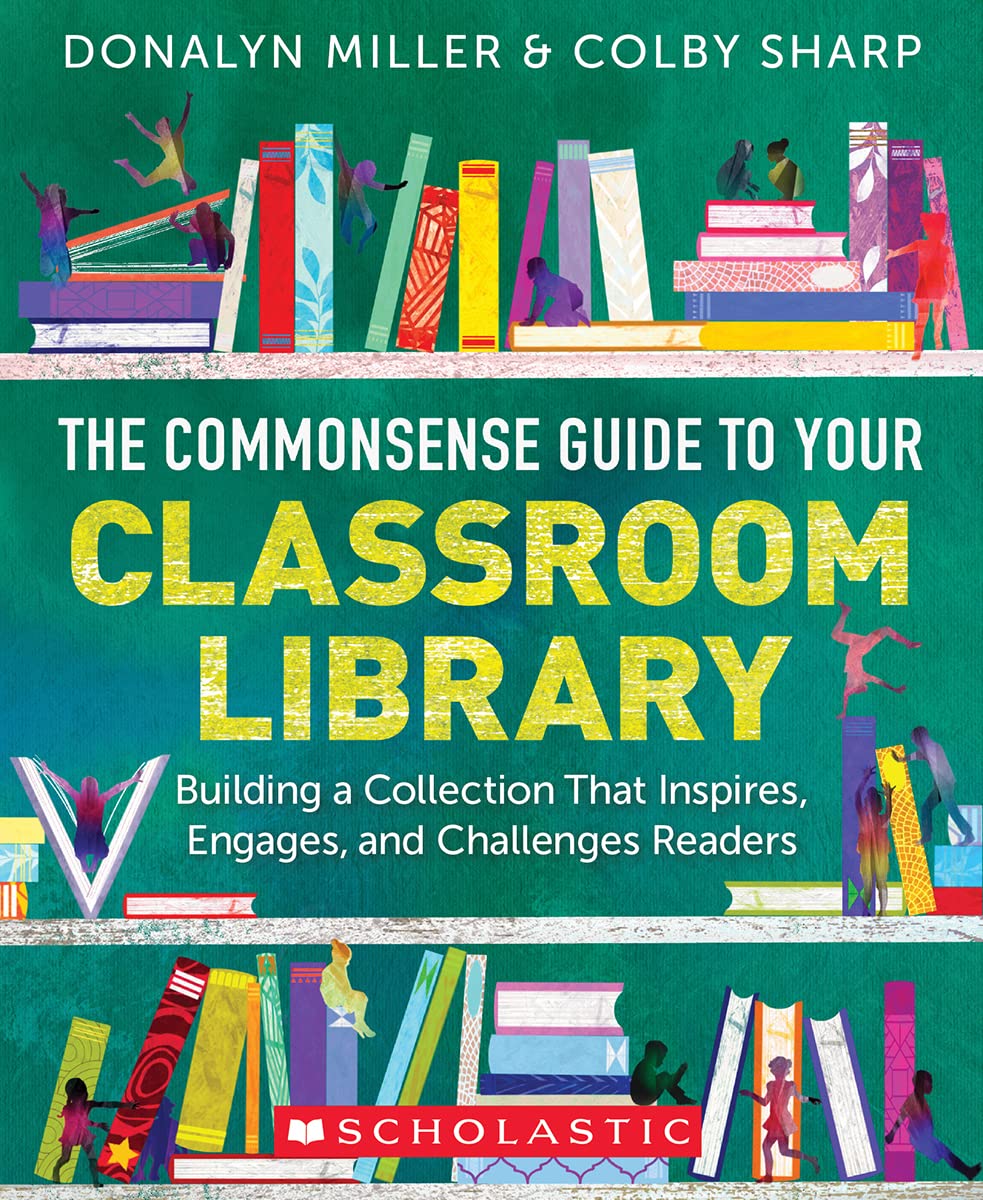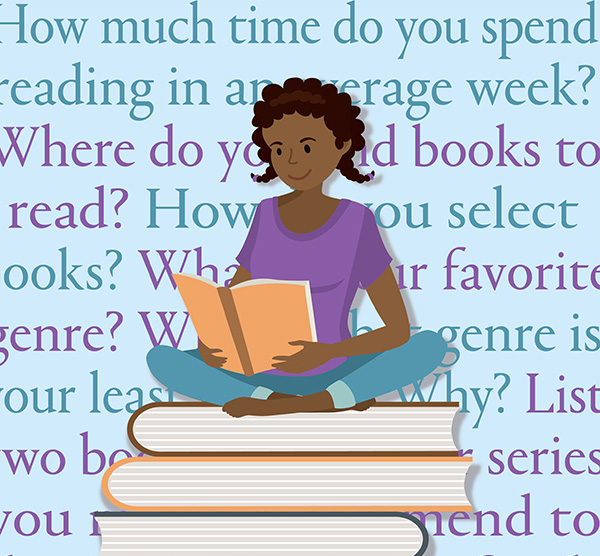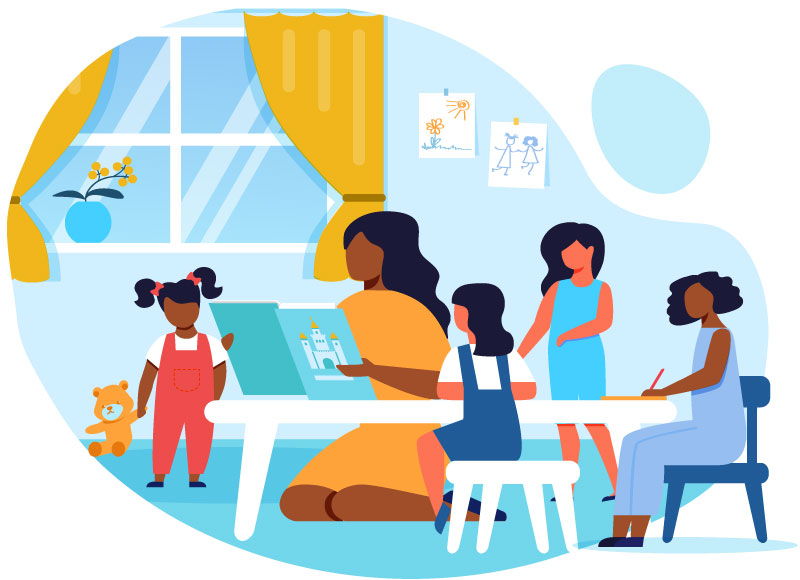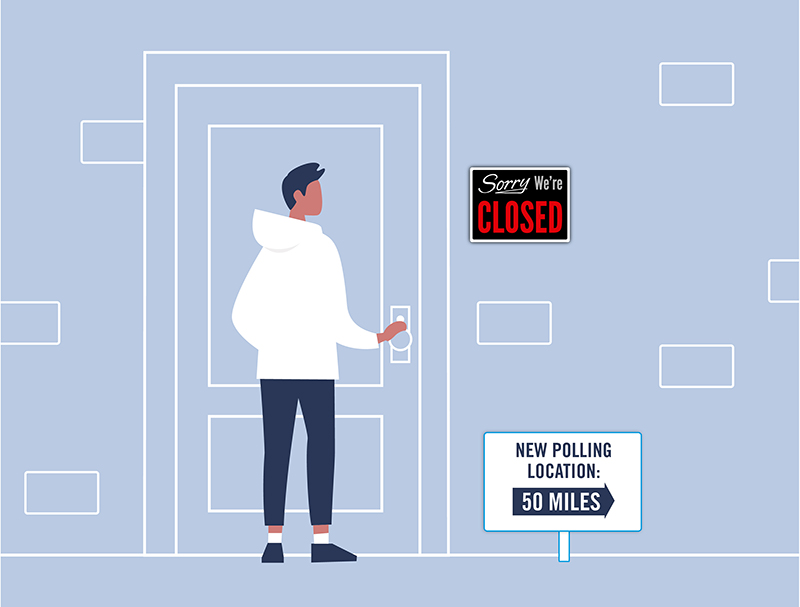Miller, Donalyn
15 Articles
From:
To:
The Commonsense Guide to Your Classroom Library: Building a Collection That Inspires, Engages, and Challenges Readers
Use Reading Surveys to Celebrate Readers and Kickstart More Reading | Donalyn Miller
Ask your students about book preferences, access, and more to create personal goals, plan spring lessons, and motivate for summer reading.
Creating Authentic Reader Response Activities | Donalyn Miller
Typically, generic worksheets, book report templates, and cookie-cutter projects are assigned to prove that students read. Here are ways for them to truly share their responses to the text.
Expanding Students’ Reading Experiences by Valuing Their Preferences | Donalyn Miller
Identifying students’ reading preferences (or lack of them) provides insight into their experiences and how best to help them grow and remain engaged.
Series Keep Readers Engaged and Growing | Donalyn Miller
Reading a series can increase students' understanding of storytelling, text structures, and the author’s craft, as well as offering a connection with peers.
Reader-to-Reader: Sharing Book Recommendations Builds Community | Donalyn Miller
During the pandemic, social readers have lost outlets for discussing books, but we can encourage students to keep their reading momentum going with personal recommendations.
Laying a Foundation for Reading Joy | Donalyn Miller
Foster reading engagement, no matter the learning environment.
Engaging Young People Through Read-Alouds | Donalyn Miller
In quarantine, read-alouds remain a powerful way to engage young readers and support their long-term reading growth.
Our Ability to Fully Participate as Citizens Is Tied to Literacy | Donalyn Miller
Learning to read is a constitutional right, but functional literacy has never been equitably attained by Americans, says Miller. Here she offers tools of empowerment that enhance information and civic literacy.
ALREADY A SUBSCRIBER? LOG IN
We are currently offering this content for free. Sign up now to activate your personal profile, where you can save articles for future viewing







